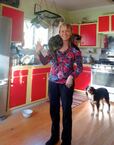
Here’s what to do when ...
... when your sweetie doggy, jumping around excited about going out for a walk, knocks a cast iron frying pan off the hook on the wall and you try to catch it and your first two fingers end up between the floor and the cast-iron frying pan as it lands.
Fingers immediately go completely numb and turn purple, and you were just about to head out with Alice for the two and a half mile walk to your Berkeley studio for a day of manual therapy clients.
Is this The End? Have you Lost Your Fingertips? Will you Ever Work Again?
... when your sweetie doggy, jumping around excited about going out for a walk, knocks a cast iron frying pan off the hook on the wall and you try to catch it and your first two fingers end up between the floor and the cast-iron frying pan as it lands.
Fingers immediately go completely numb and turn purple, and you were just about to head out with Alice for the two and a half mile walk to your Berkeley studio for a day of manual therapy clients.
Is this The End? Have you Lost Your Fingertips? Will you Ever Work Again?
Ah!
You suddenly remember that Greek “old wives tale” and in desperation:
You pull a clump of butter out of the fridge and pat it on to your fingertips, mold it around and around and hold it on there with your thumb.
You suddenly remember that Greek “old wives tale” and in desperation:
You pull a clump of butter out of the fridge and pat it on to your fingertips, mold it around and around and hold it on there with your thumb.
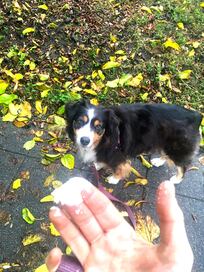 Alice Avidly Eyeing
Alice Avidly Eyeing You grab your dog’s leash with the other hand and head out the door, working that pad of butter around and around as you walk, with your hand held up to help move the blood through your fingertips but also because Alice is SO interested in this remedy.
"I will stay right with you,“ she says with shining eyes, “I. am. not. interested. in sniffing. anything by the roadside today!”
Amazingly, right away it begins to feel better, and continues to improve for the whole 45-minute journey. Eventually you are feeling good enough to share the messy remedy little by little with Alice, and by the time you reach the studio the purple (and the butter) is GONE.
Full feeling (you'd never know the world ended 45 minutes ago) in those thoroughly-licked fingertips. Wash your hands, continue on to work all day with those fingertips, and give thanks!
Butter as a healing ointment! It’s a folk remedy I learned from Greeks, and in my experience it works better than Arnica. Apparently everyone uses it there for their kids’ bumps and bruises.
Keep it in mind, try it sometime and let us know how it goes!
"I will stay right with you,“ she says with shining eyes, “I. am. not. interested. in sniffing. anything by the roadside today!”
Amazingly, right away it begins to feel better, and continues to improve for the whole 45-minute journey. Eventually you are feeling good enough to share the messy remedy little by little with Alice, and by the time you reach the studio the purple (and the butter) is GONE.
Full feeling (you'd never know the world ended 45 minutes ago) in those thoroughly-licked fingertips. Wash your hands, continue on to work all day with those fingertips, and give thanks!
Butter as a healing ointment! It’s a folk remedy I learned from Greeks, and in my experience it works better than Arnica. Apparently everyone uses it there for their kids’ bumps and bruises.
Keep it in mind, try it sometime and let us know how it goes!
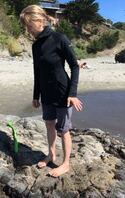
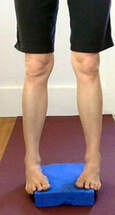
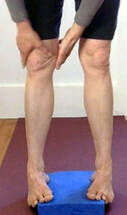
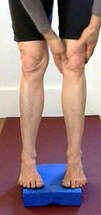
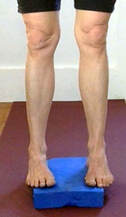


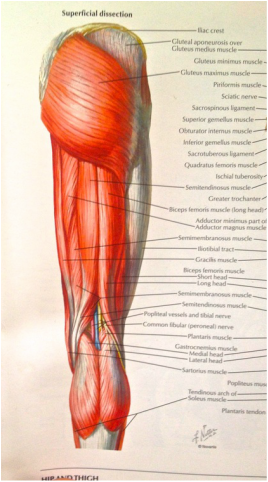
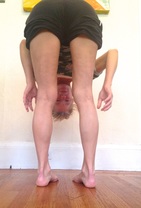
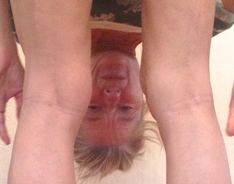
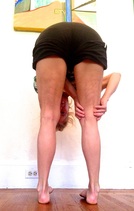
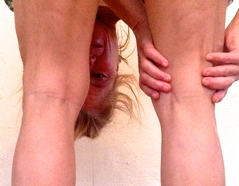
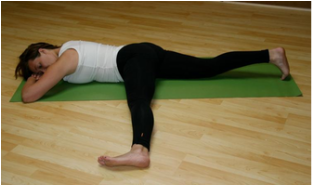
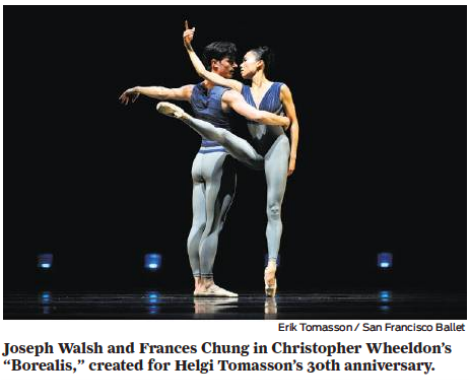

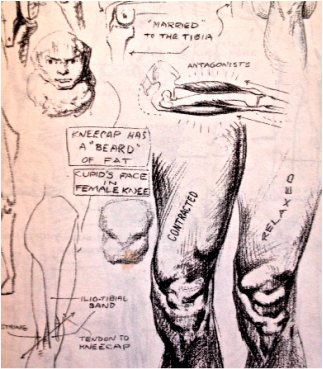


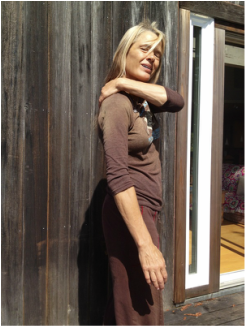
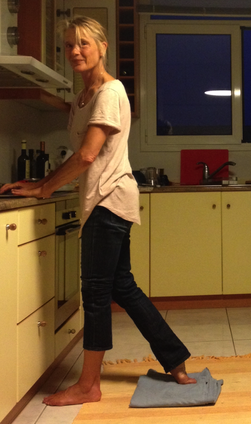
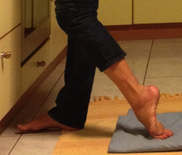
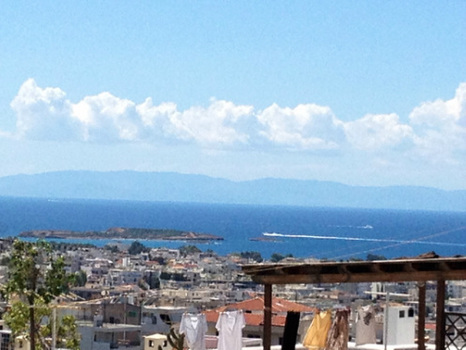
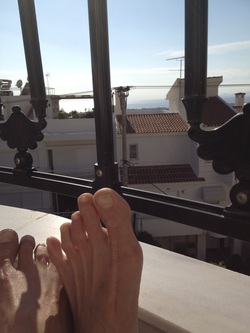
 RSS Feed
RSS Feed